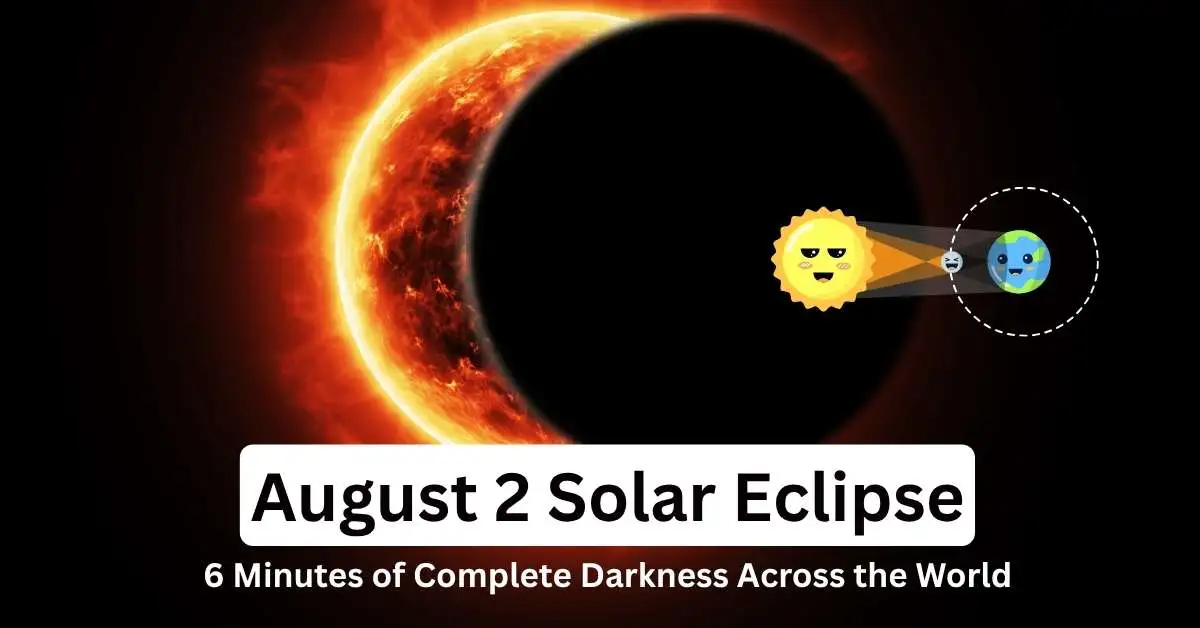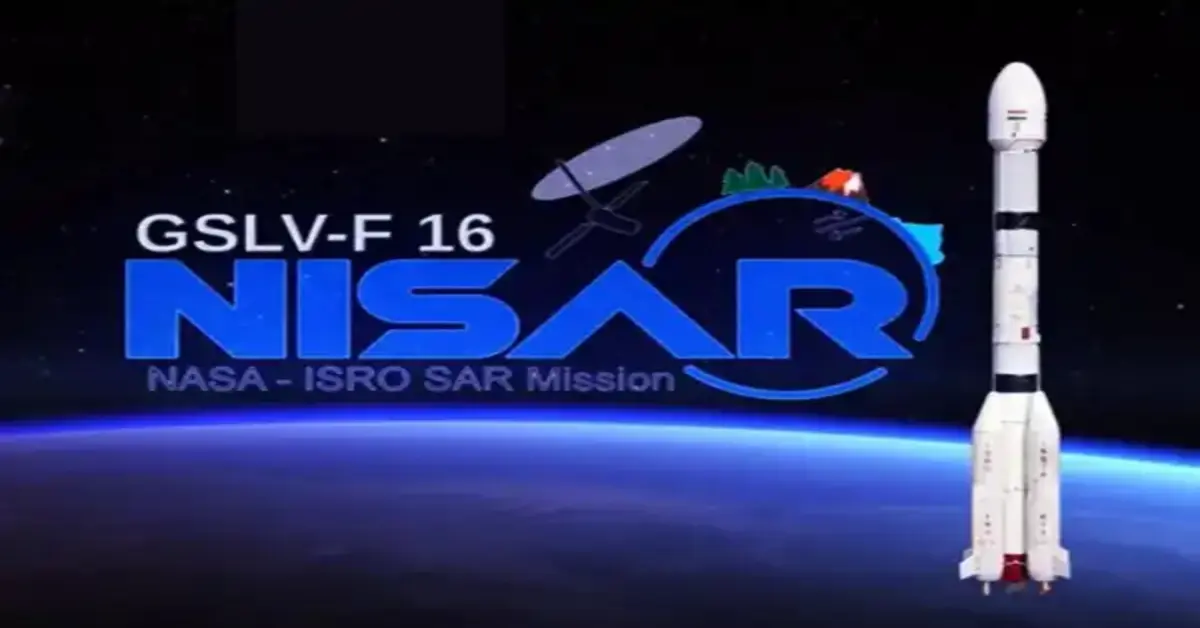A rare August 2 Solar Eclipse will bring 6 minutes of global darkness, says NASA. Find visibility details, timings, and safety tips for this celestial event.
On August 2, 2025, a rare and dramatic celestial event is set to occur. According to NASA, a total solar eclipse will darken parts of the Earth, causing six minutes of total darkness in many regions. The event has sparked curiosity and excitement among scientists, astronomers, and skywatchers around the world.
The solar eclipse on August 2 is expected to be one of the most important astronomical events of the year.
What happens during this eclipse?
A solar eclipse occurs when the Moon passes between the Earth and the Sun, casting a shadow that partially or completely blocks the Sun’s rays.
What makes this particular eclipse special is:
- Duration of darkness: Total darkness for up to 6 minutes
- Coverage: Visible in many parts of the world
- Total path of the eclipse: NASA predicts maximum darkness in select regions of North America, Europe, and Asia
- People in India will be able to experience a partial eclipse in the early morning or late evening, depending on their location.
NASA’s key findings
The NASA update states:
- The eclipse will begin at approximately 15:03 UTC (8:33 PM IST)
- The maximum eclipse will occur at 15:59 UTC (9:29 PM IST)
- The total eclipse will last for up to 6 minutes depending on your geographical location
- It will be visible in Alaska, Canada, Iceland, Greenland and some European countries
- A partial eclipse will be visible in India, the Middle East and Southeast Asia
- NASA is also planning a global livestream and has advised caution when viewing the sky directly.
Where will the August 2 solar eclipse be visible?
Region of eclipse Type of darkness Duration
Alaska Total 5-6 minutes
Iceland Total ~5 minutes
Canada Total 4-6 minutes
India Partial (limited) ~2 minutes
Europe (north) Total/partial varies
In India, visibility depends on sky clarity, local sunset time and geographical location.
Caution: Do not look directly at the Sun
NASA and ISRO have strongly advised the public to:
Use eclipse glasses or solar filters
Avoid using glasses or smartphone cameras directly
View through a telescope with solar protection
Prefer official NASA livestreams or Astronomical Society events
Direct viewing can cause permanent eye damage.
Scientific significance of August 2 Solar Eclipse
This eclipse offers researchers a unique opportunity to:
- Study the Sun’s corona
- Analyze changes in atmospheric temperature
- Observe animal behavior in the dark
- Check out the new solar observatory’s instruments
The August 2 solar eclipse is not just a visual delight, but a reminder of the cosmic forces that shape our universe. With six minutes of darkness, this event will unite the world in one shadow – quite literally. Be prepared, stay safe, and witness history in the sky.








